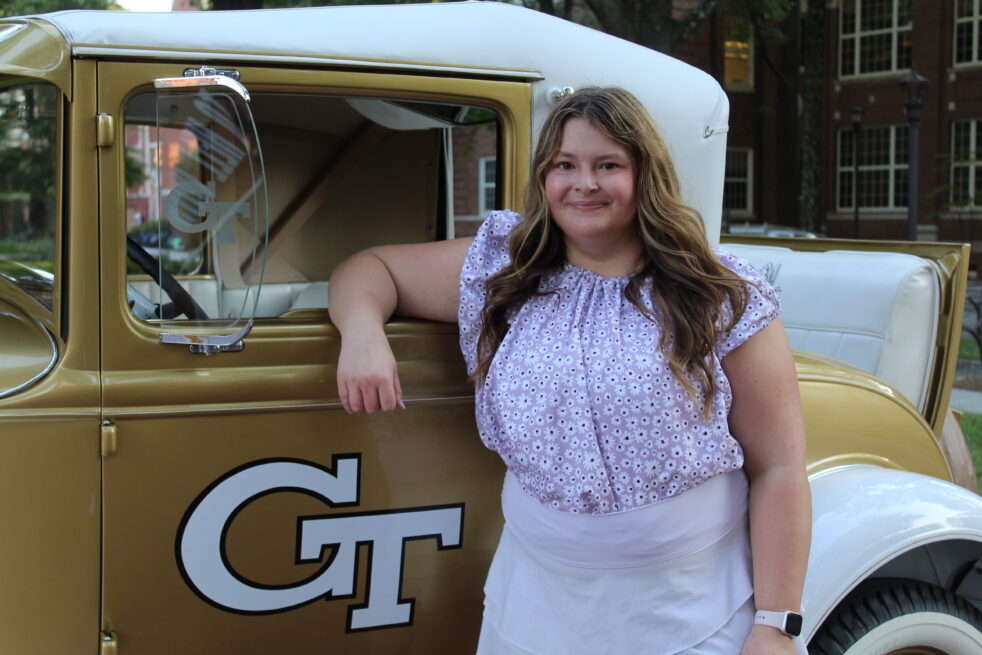Like nearly all of my high school peers, participation in a school sport was one of the main ways that I spent my free time. From the age of 12 until 17, much of my life was spent in the chlorine-filled world of competitive swimming. On top of participating on the high school varsity team, a year-round swim club was also on the docket. When I was the most committed to the sport, a typical week included a few morning practices before classes started, spending my study hall period in the weight room at school, two hours of practice in the afternoon on weekdays and spending weekends at a swim meet. Then, along with the rest of the world, it all came to a halt in the springtime of 2020.
Suddenly, I went from spending 15 hours a week at the pool to only being able to work out in my living room. All the passion and drive that I had once felt for my sport vanished instantaneously. Eventually, the neighborhood pool was open for swimming, but there were no longer swim meets to look forward to, making every single lap feel more and more meaningless. For a sport where monotony is a fact of life, losing the one exciting part was the last straw in my quick descent into athletic burnout. I no longer had any motivation at all to incorporate workouts into my lifestyle, a problem that I am still fighting to solve today. For many athletes who graduate high school and do not elect to participate in a collegiate team, the struggle is the same. The workouts that used to feel like a difficult but worthwhile step towards the goal of athletic improvement can start to feel empty and meaningless without a goal to work towards. The process of developing a new goal, beyond the nebulous idea of “being more fit,” turns out to be a much more goliath task than I could have ever imagined.
The messaging surrounding fitness and health that surrounds us is absolutely no help either, pushing the narrative that fitness ought to be a “go big or go home” endeavor. On social media, many of the popular influencers who focus on sharing their life and workout routines somehow manage to find upwards of two hours a day, six days a week, to spend at the gym. They drink protein shakes for breakfast and constantly post content that is just a thinly veiled thirst trap. When the only example of a workout routine that is widely represented is an extreme example, it can very easily feel as though there isn’t even a point in trying because you can never live up to the standards that others have set.
Even worse, once you start thinking of all the time you used to be able to dedicate towards working out, the fact that you no longer are doing so can be very shameful. When the only places you can think to look for guidance of where to even start, your past routines that worked and social media influencers touting their extremely fit lifestyles, fill you with thoughts of dread and shame, it feels like you have nothing you can do except run from your problem and ignore it.
When you view fitness as an “all or nothing” idea that you are somehow supposed to perfectly master without help from anyone else, trying to figure it all out on your own can be a lonely and fruitless experience. When you add the shame of self-comparison, both to others and to your younger self who both seem to have achieved what you now so desperately seek, the experience of trying to get fit again two years after you quit your high school sport can prove to be a difficult, emotional and unsuccessful journey.
